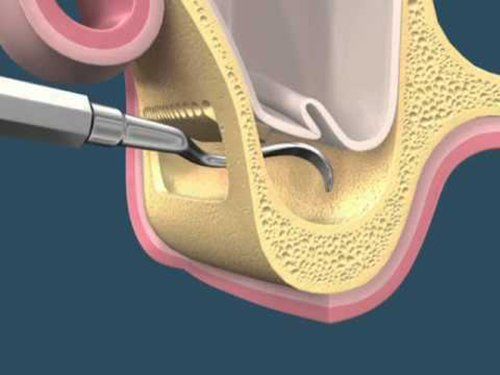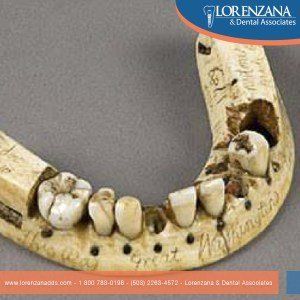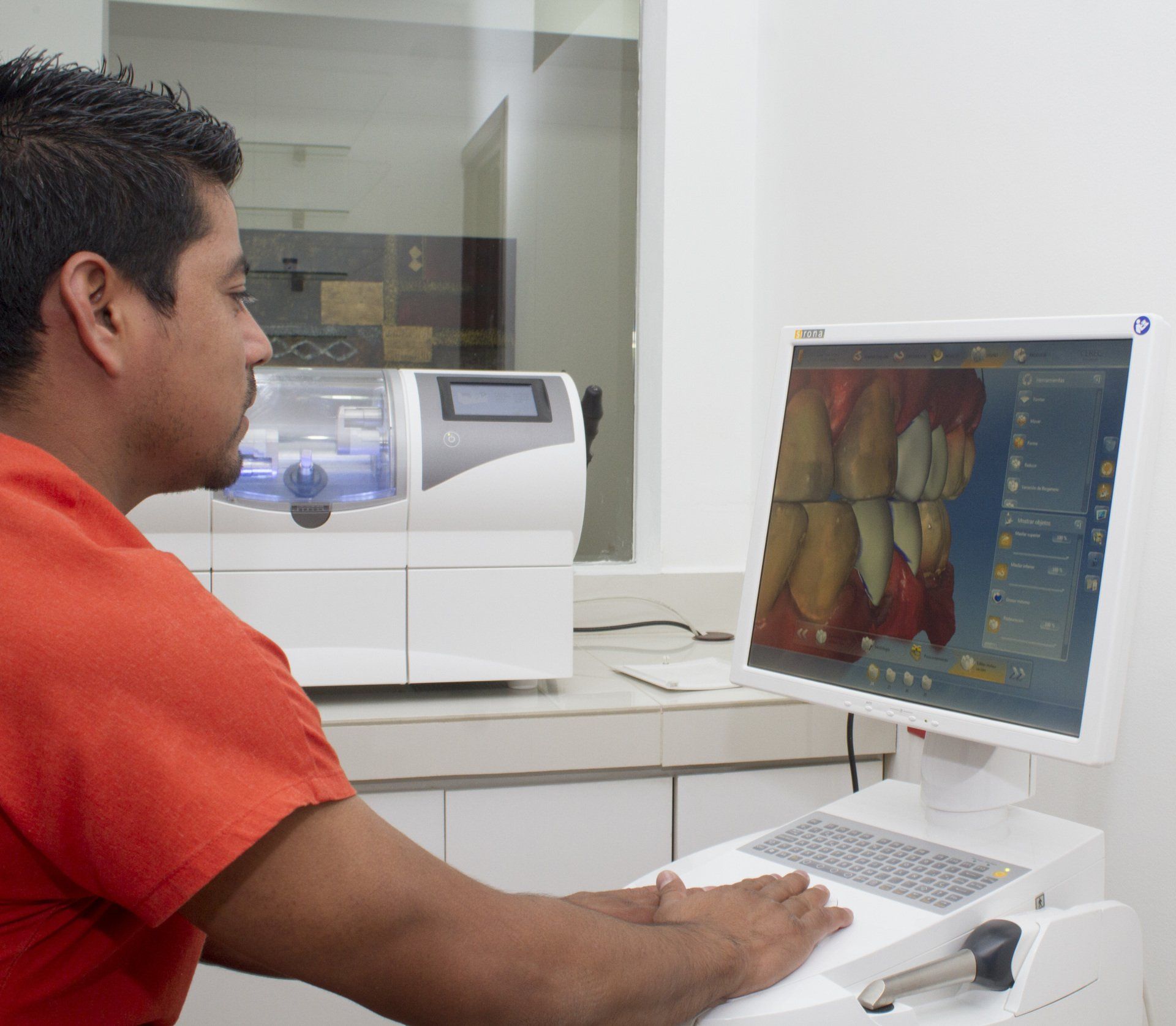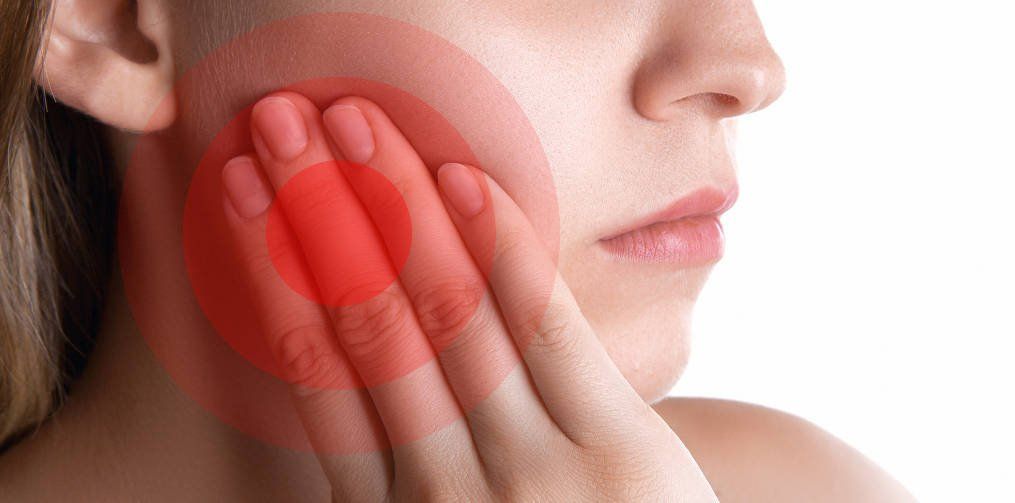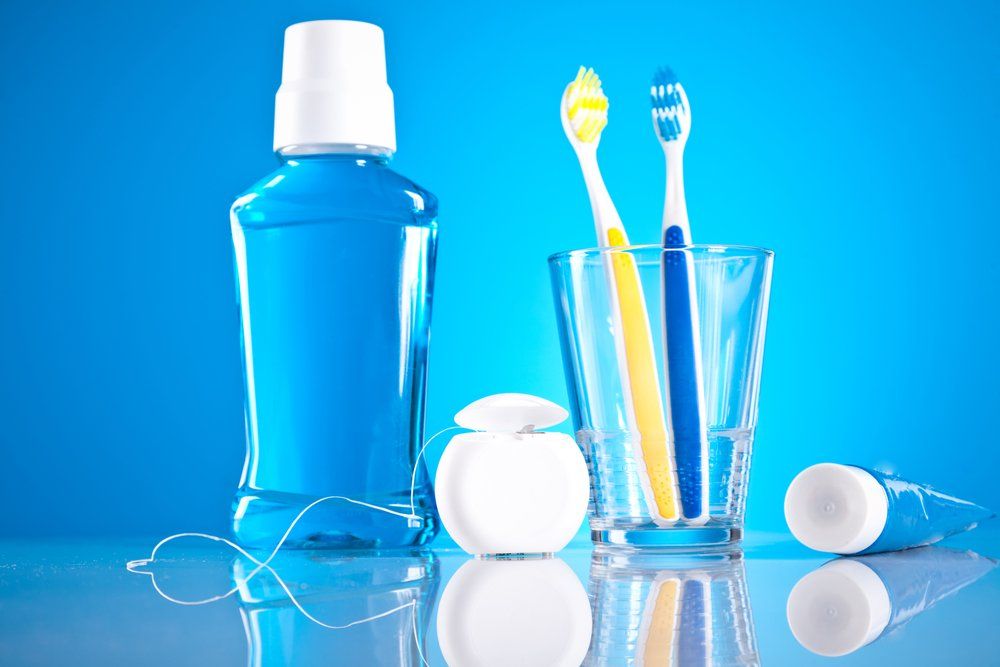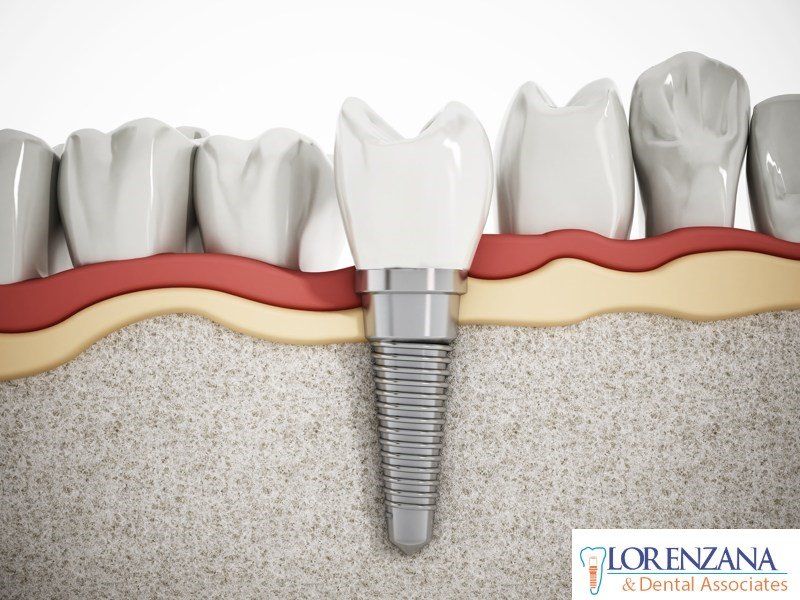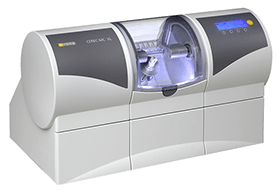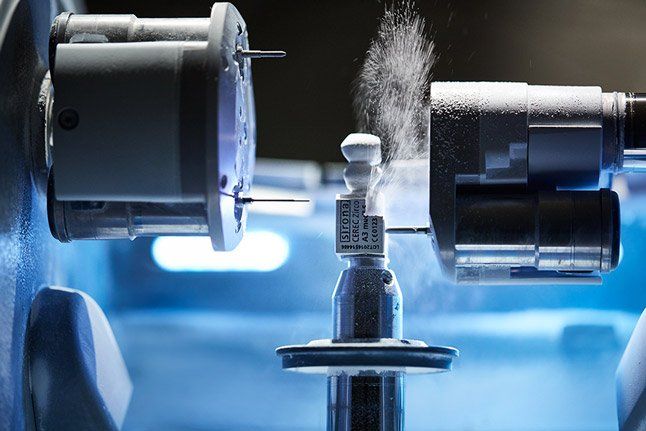Implantology Course
In February, a dental implants course will begin at the Evangelical University of El Salvador, that will be given by Dr. Rafael Lorenzana, a prosthodontic dentist who is certified by the American Board of Prosthodontics (the only certified dentist practicing in Latin America), fellow of the American College of Prosthodontics, ex professor at Baylor College of Dentistry and at the Medical University of South Carolina, whom has a successful private practice oriented in dental implant rehabilitation in Dallas, TX and in San Salvador, El Salvador. It will be the third time that Dr. Lorenzana will be holding this course. The objective of the course on Dental Implants is for the students to obtain knowledge necessary in the area, assuring the comprehensive training of the professional. This course will be given in 2 phases, the first which is the surgical phase, and the second, the rehabilitation stage, each phase with a duration of 4 months. During this time, Dr. Lorenzana will be giving theoretical classes as well as surgical instruction. He will be sharing much of his knowledge with the students having much experience in this area as he was a professor at Baylor University of Dentistry. The areas that will be given in classes with most importance are Theory in Implantology, Treatment Planning, Implant Placement techniques, Relevant Pharmacology applied in Dental Implant Surgery and Dental Implant Rehabilitation.
During 8 months, students will receive classes and have comprehensive hands-on implant training given exclusively by Dr. Lorenzana. This program is designed for those with the desires for additional surgical curricular and hands-on training in treating patients with the need of Dental Implants. This program will provide each student with an understanding of the fundamental principals in Implant Dentistry.
Curso de Implantología
Durante 8 meses, los estudiantes recibirán clases y recibirán capacitación práctica integral sobre implantes brindada exclusivamente por la Dra. Lorenzana. Este programa está diseñado para aquellos que desean un currículo quirúrgico adicional y capacitación práctica en el tratamiento de pacientes con necesidad de implantes dentales. Este programa proporcionará a cada estudiante una comprensión de los principios fundamentales en implantología.
